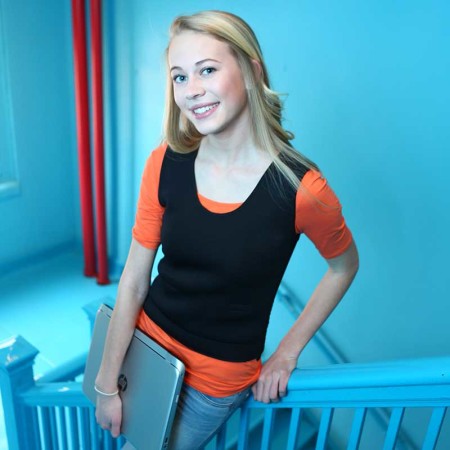They're all the rave, weighted vests. If you have a child with autism, Sensory Processing Disorder or ADHD, you may be familiar with using weighted vests. Though there currently is no hard evidence, a weighted vest provides a gentle pull on the muscles and stimulates touch receptors, possibly stimulating endorphins and providing a motivator for calm and focus.
There are a variety of styles and sizes of weighted vests so choosing one can be a bit overwhelming. But don't fret; take a look at a few tips to help guide you through choosing the best weighted vest for your child, teen or adult.
- Measure your child:
- Be sure the vest you select fits your child appropriately. Most vests come with sizing directions and/or a size chart. The vest should be snug if it is combined with pressure or fit just like an ordinary vest if it contains weight alone.
- Consult:
- Be sure to discuess with your occupational therapist about the appropriate weight and wear times for your child or teen. Weights should be carefully and gradually adjusted for each person's needs. Five percent of total body weight is a common standard. The total should never exceed 10-15% of total body weight.
- Learn Your Child's Preferences:
- Find the material your child prefers. You can choose
- ,
- (adds pressure),
- (adds pressure),
- ,
- (pressure only) and so forth. Do you live where it's cold? You may prefer neoprene,
- or fur; and if you are in a hotter area, you may like denim or mesh. Most vests work like ordinary clothing and can be washed and dried, but remove the weights first.
- Weight or Weight with Pressure?
- Some weighted vests provide weight at the hips and/or shoulders. Some vests also provide pressure. If your child is a sensory seeker, you may prefer to get a vest that combines weight and pressure. If your child has milder needs, you may wish to start with pressure or weight alone. Pocket weights are easy to adjust by adding or removing. Shoulder weights add some additional sensory input down through the core.
Now that you've selected your vest, you can use your vest in a variety of ways and circumstances. Many parents and therapists like to suggest wearing a vest in 20-minute increments so as to prevent accommodation, but it really depends on the needs of your child. You can also take out the weights or vary the amount of weight. The vest or the weights can be used alone as a sensory tool. You may prefer using the vest when concentration and sitting still is important such as in class, during homework time or car trips.
Of course wearing a vest doesn't need to end with childhood. Many college students and adults find the vest helps concentration during study time and at work too.
Check out our weighted vest options.
Do you have any additional questions about weight or pressure? We love to hear your thoughts! Share with us in the comments, at wecare@funandfunction.com, or on our social media pages!



























Comments